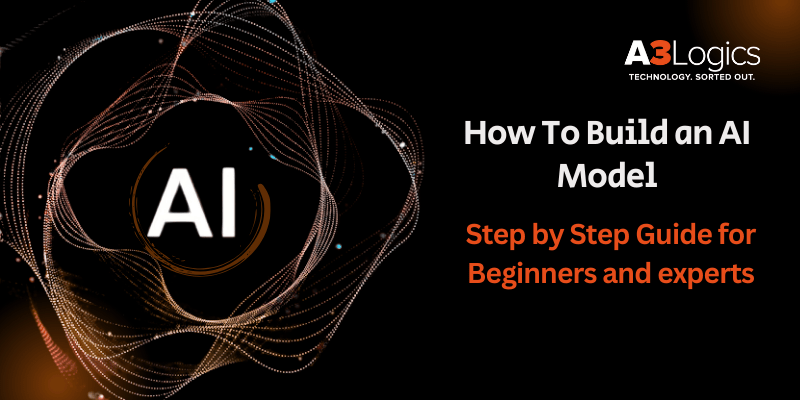Building an AI model may seem daunting, but with the right approach, both beginners and experts can navigate the process effectively. This guide breaks down the essential steps to help you understand how to build an AI model and create an AI model tailored to your needs.
1. Define the Problem
Before diving into data and algorithms, clearly articulate the problem you aim to solve. Is it a classification task, like spam detection? A regression problem, such as predicting housing prices? Or perhaps a clustering task for customer segmentation? Defining the problem sets the direction for the entire AI model development process.
2. Gather and Prepare Data
Data is the backbone of any AI model. Collect relevant data from reliable sources. This could be structured data from databases, unstructured data like text or images, or real-time data streams. Once collected, clean the data by handling missing values, removing duplicates, and normalizing formats to ensure consistency.
3. Choose the Right Algorithm
Selecting the appropriate algorithm is crucial. For beginners, starting with algorithms like linear regression for prediction or decision trees for classification can be effective. Experts might explore advanced techniques like neural networks or ensemble methods. The choice depends on the problem type, data size, and desired accuracy.
4. Split the Data
Divide your dataset into training and testing sets, typically using an 80/20 split. The training set is used to teach the model, while the testing set evaluates its performance on unseen data. This step is vital to assess how well your AI model generalizes to new information.
5. Train the Model
Feed the training data into the chosen algorithm. The model learns patterns and relationships within the data. This phase may involve adjusting parameters to minimize errors and improve accuracy. Tools like TensorFlow or Scikit-learn can facilitate this process.
6. Evaluate the Model
After training, test the model using the testing dataset. Evaluate its performance using metrics like accuracy, precision, recall, or F1 score, depending on the problem type. This evaluation helps identify areas where the model excels or needs improvement.
7. Fine-Tune the Model
Based on the evaluation, refine the model to enhance its performance. This could involve adjusting hyperparameters, selecting different features, or trying alternative algorithms. Iterative fine-tuning ensures the model performs optimally.
8. Deploy the Model
Once satisfied with the model’s performance, deploy it into a real-world environment. This could be integrating it into an application, a website, or a cloud platform. Ensure the deployment setup allows for scalability and handles real-time data if necessary.
9. Monitor and Maintain the Model
Post-deployment, continuously monitor the model’s performance. Over time, data patterns may change, leading to model drift. Regularly update the model with new data and retrain it to maintain accuracy and relevance.
Conclusion
Understanding how to build an AI model involves a systematic approach: defining the problem, preparing data, selecting and training the right algorithm, and continuous evaluation and maintenance. Whether you’re a beginner taking your first steps or an expert refining complex models, this guide provides a foundational roadmap to create an AI model effectively.






